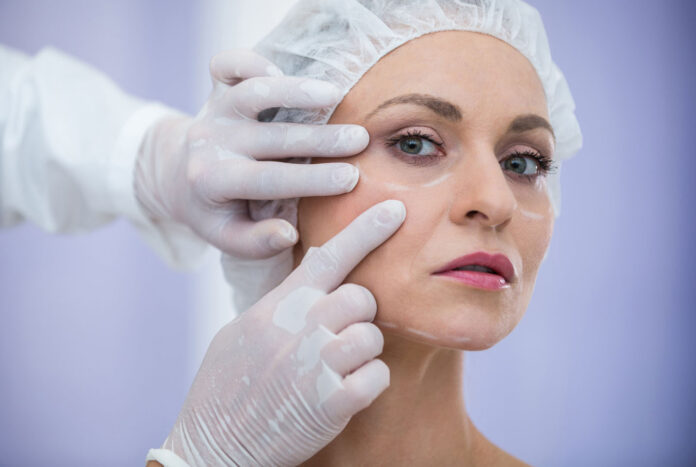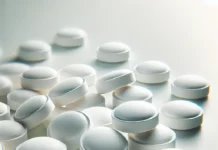The quest for the Fountain of Youth has been a timeless endeavor. From ancient civilizations to modern societies, the pursuit of ageless beauty remains evergreen. While the legendary fountain remains undiscovered, advances in medical aesthetics provide a glimpse of its mythical promise. One such innovation is facial threading, a treatment heralded for its ability to rejuvenate and refresh one’s visage.
The Science Behind It All
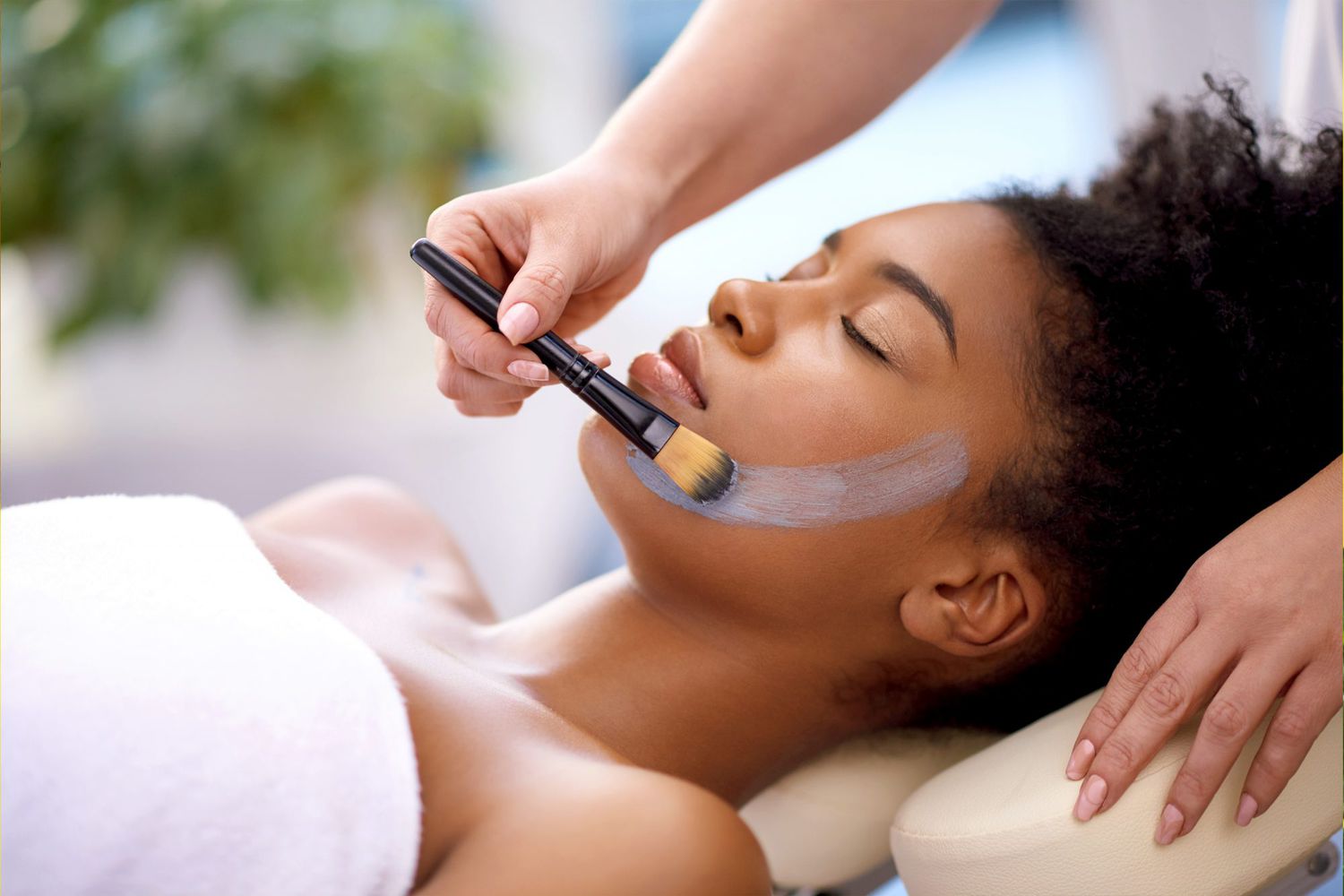
Diving deep into the realm of aesthetics, a facial treatment that includes threading is a non-surgical technique that involves the placement of absorbable sutures under the skin. These sutures, typically made from biodegradable polymers, work to stimulate collagen production. When our skin receives this cue, it naturally produces more collagen, an essential protein that provides structure and elasticity.
Contrary to popular belief, the aging process isn’t solely dictated by genetics. Factors like sun exposure, smoking, and environmental toxins play pivotal roles. As age progresses, our skin’s collagen production dwindles, leading to wrinkles and sagging. Through stimulating collagen regeneration, facial threads counteract this decline, offering a revitalized and youthful appearance.
But, it’s not magic. The threads serve as a scaffold, guiding the skin’s natural healing process and promoting tissue fibroblasts. These fibroblasts are the cells responsible for producing collagen and other extracellular matrix proteins, ensuring a long-lasting youthful look.
Different Types of Threads
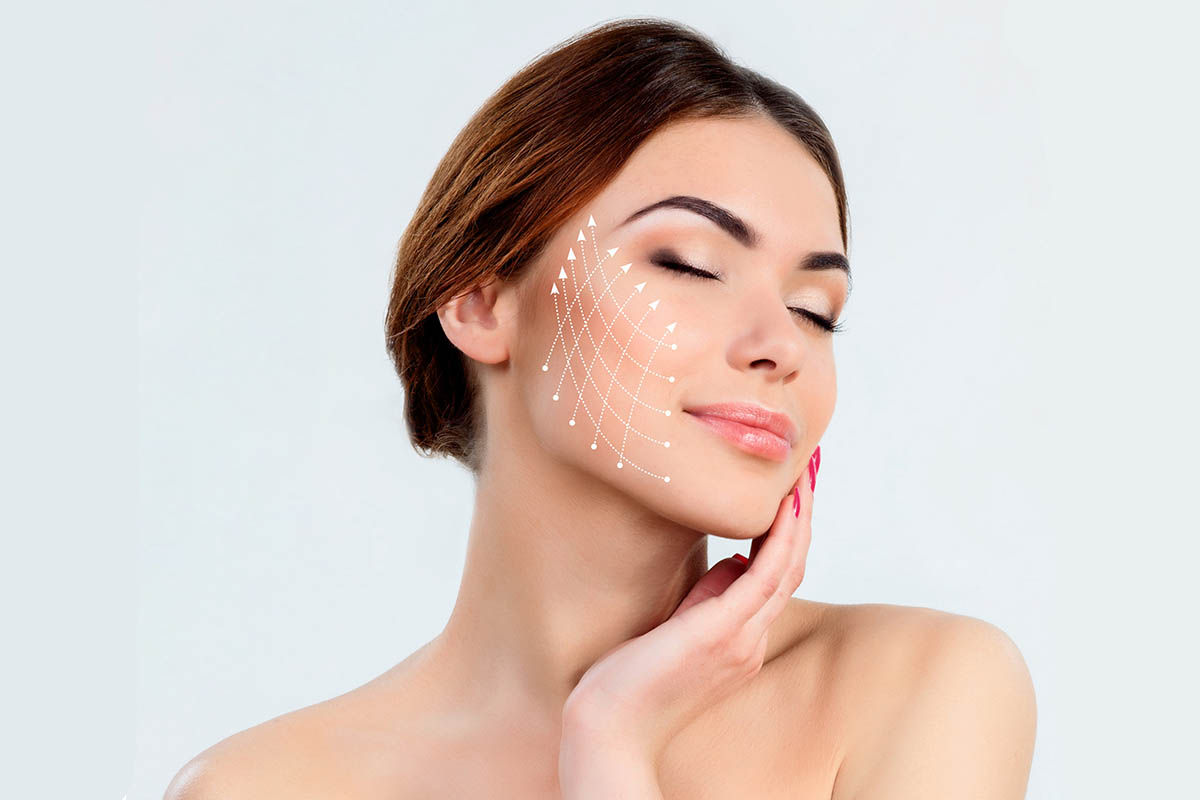
Stepping into the diverse landscape of facial threads, one encounters various options. First are the barbed threads, which possess tiny barbs or cogs to grip the skin. By hooking into the tissue, these threads can be tightened to achieve an instant lift. They’re primarily used for defining facial contours and combating sagging skin.
Then we have smooth threads. These are often utilized for their biostimulatory effects rather than lifting. Once introduced beneath the skin, smooth threads foster natural collagen production, resulting in a subtle and gradual skin tightening over time. Their application is often in areas where fine lines appear, such as the corners of the eyes or lips.
Twisted threads mark the third category. As the name hints, they are twisted in design, which maximizes their volume and surface area. Ideal for areas that could benefit from a touch of volume, like nasolabial folds, these threads stimulate collagen while providing immediate, albeit mild, volume enhancement.
Benefits of Treatments
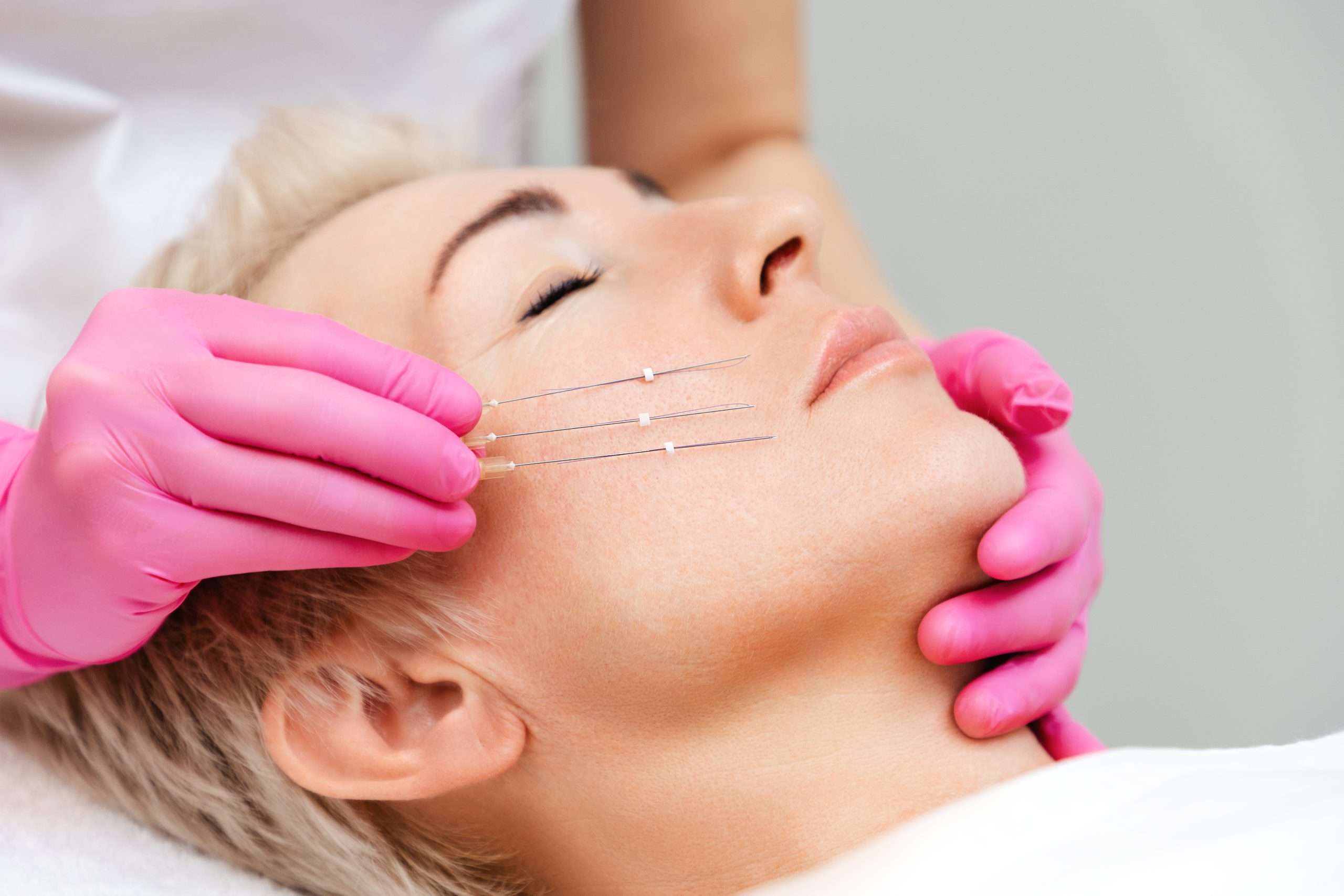
Facial threading boasts a plethora of advantages. Primarily, it offers a non-surgical solution to age-related concerns. This means less downtime, reduced risk, and a faster return to daily activities. For many, the absence of scalpels and stitches is an enticing proposition.
Elegance lies in subtlety. Facial threads offer results that are noticeable yet natural. Instead of dramatic transformations, patients observe a refreshed, younger version of themselves. This subdued approach ensures the essence of one’s unique beauty remains untouched, yet enhanced.
Beyond aesthetics, there’s empowerment. Regaining control over one’s appearance can reignite self-confidence. In a world where first impressions matter, feeling comfortable and confident in one’s skin can be transformative, both personally and professionally.
The Procedure: What to Expect
Preparation marks the initial step. Prior to the treatment, practitioners assess the patient’s facial anatomy and discuss desired outcomes. This consultation phase ensures the procedure is tailored to individual needs and expectations.
During the session, a local anesthetic is applied to the targeted area. Once numbed, threads are introduced beneath the skin using fine needles. Depending on the areas being treated and the type of threads used, the procedure can last anywhere from 30 minutes to an hour. Patients typically describe the sensation as a slight tug or pull, rather than pain.
Upon completion, it’s common to notice instant lifting effects, especially with barbed threads. Over the ensuing weeks, as collagen production ramps up, the full rejuvenating effects begin to blossom. This dual-phase result ensures both immediate and lasting youthfulness.
Candidates for Treatments
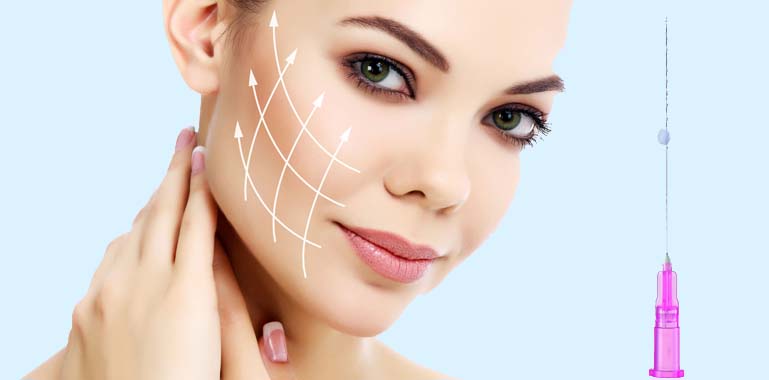
Not everyone is a suitable candidate for facial threading. Ideally, individuals between 30 and 60, who are experiencing early signs of aging but still retain some skin elasticity, reap the most benefits. These signs might include mild to moderate sagging skin, fine lines, or decreased skin volume.
However, facial threads may not be suitable for those with excessively loose skin or significant volume loss. In such cases, surgical procedures or volumizing fillers might prove more effective. Always, the key is a thorough consultation with a certified practitioner to assess suitability and discuss potential outcomes.
It’s worth noting that while facial threads can offer magnificent results, expectations should be grounded in reality. The treatment augments and enhances, but doesn’t replace more extensive procedures.
Risks and Considerations
Like all medical procedures, facial threading isn’t without risks. While complications are rare, potential side effects include swelling, bruising, and tenderness. These generally resolve within a few days to a week.
In infrequent scenarios, threads might become visible under the skin or cause irregular skin dimpling. It’s paramount that the procedure is executed by a trained professional to mitigate such risks. Proper technique ensures that threads are placed at the correct depth and angle.
Given that threads dissolve over time, results are not permanent. On average, the effects last from 1 to 3 years, varying based on individual factors like skin type, age, and lifestyle. Periodic maintenance treatments can prolong and enhance the results.
Aftercare and Recovery
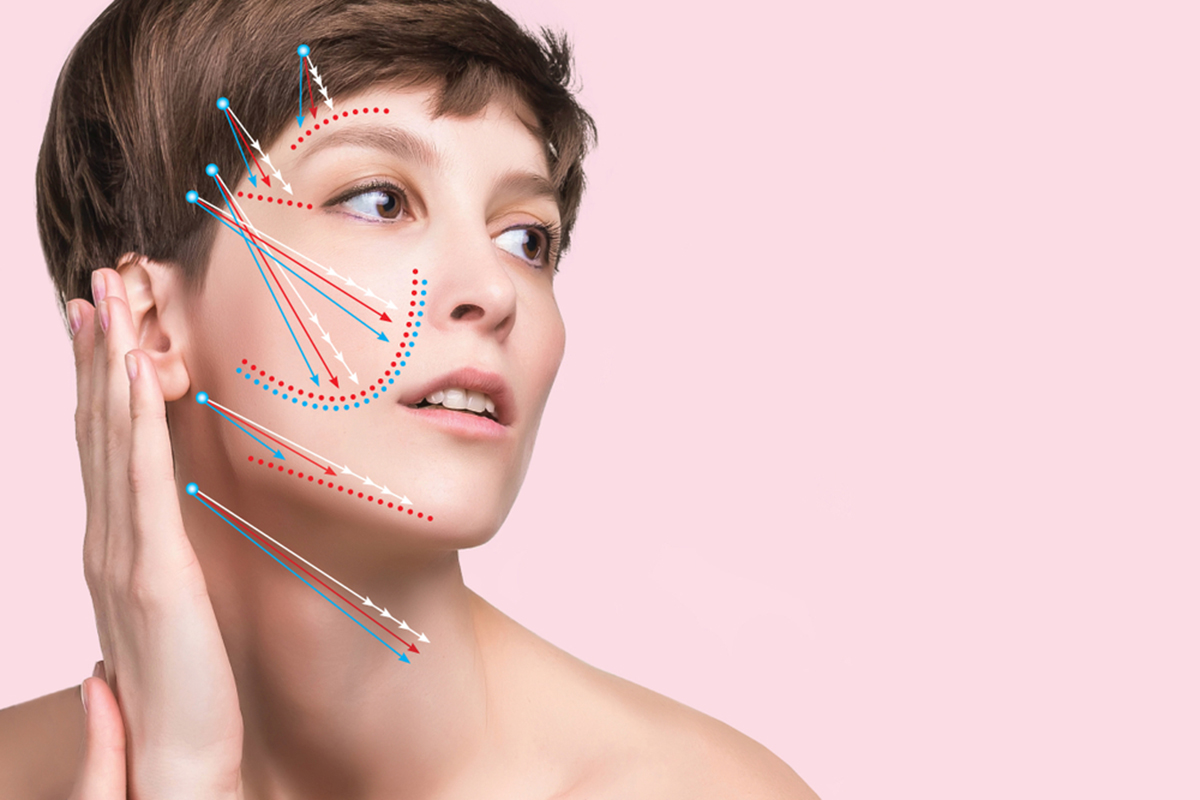
Post-procedure care is rather straightforward. It’s advised to avoid vigorous facial movements, such as excessive chewing or yawning, for about a week. This helps ensure the threads settle properly without undue stress.
Minor swelling or bruising might appear, but cold compresses and over-the-counter pain medications can alleviate discomfort. Sun exposure should be minimized, and when venturing out, sunscreen becomes a non-negotiable ally.
Resuming regular activities is typically possible within a day or two. However, intense physical exercise, saunas, and facials should be postponed for at least two weeks to facilitate optimal healing.
Final Thoughts
In the dynamic realm of aesthetic medicine, facial threads have carved a niche, promising youth and vitality without the invasiveness of surgery. As with all treatments, due diligence, realistic expectations, and expert guidance are key. While we may not have found the mythical Fountain of Youth, facial threads certainly bring us a step closer to its enchanting allure.

